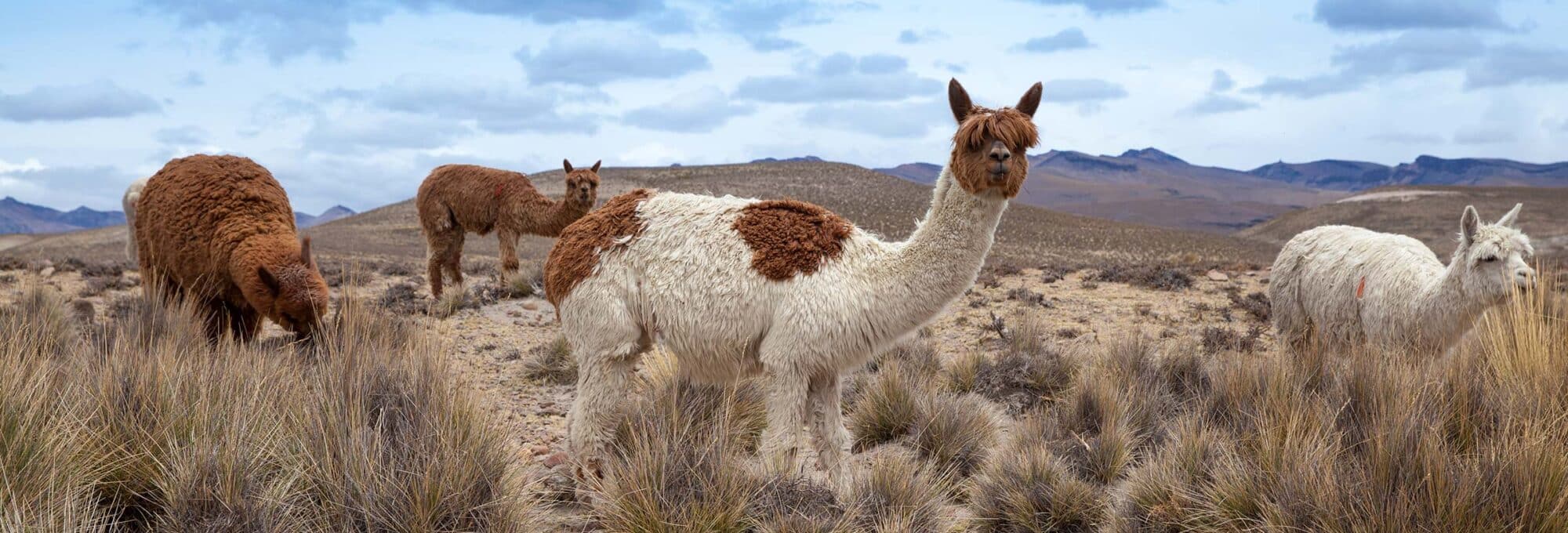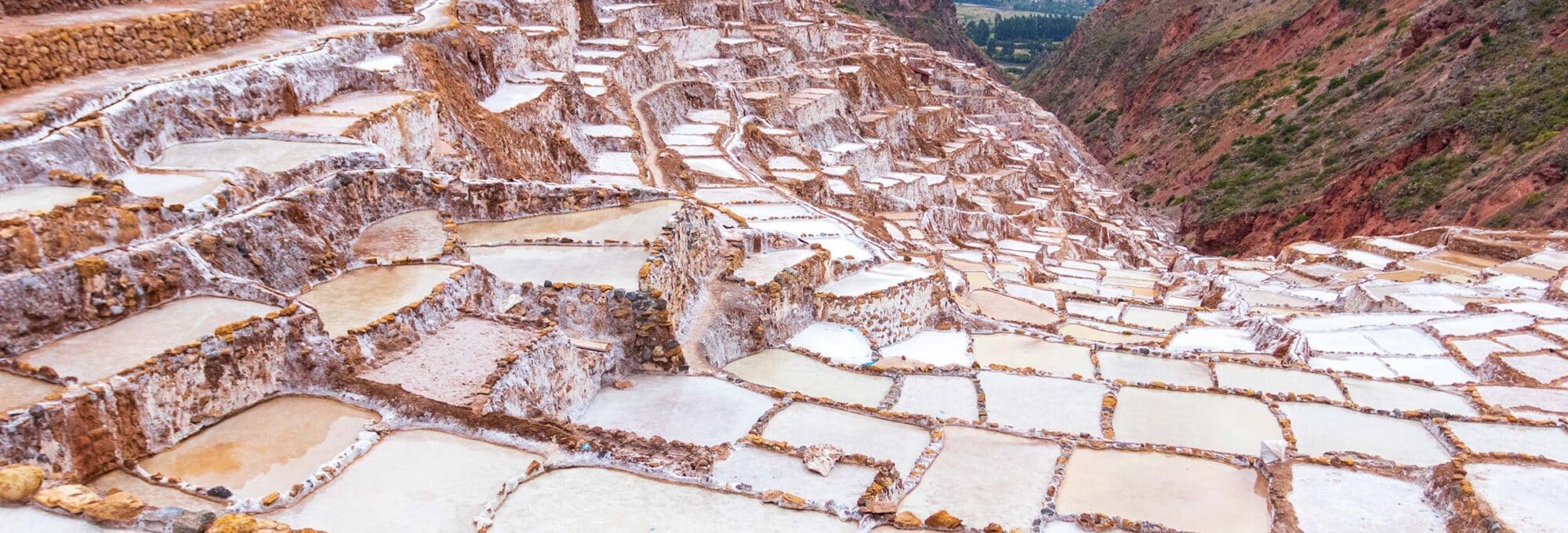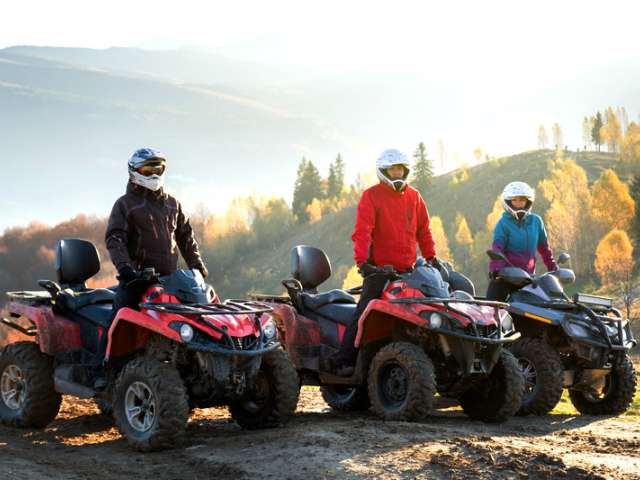Sacred Valley: Complete Travel Guide Information 2022

Visiting the Sacred Valley: The Complete Guide!
The Sacred Valley is located just a few kilometers from Cusco. It is the true cradle of the Inca culture, evidenced by its many archaeological sites.
However, the region offers not only a rich historical past but also numerous opportunities for hiking and outdoor activities, all surrounded by absolutely magnificent scenery.
Skipping the Sacred Valley and going directly to Machu Picchu is a serious mistake!
To help you plan your itinerary and have all the necessary information at hand, I have gathered in this article the main attractions of the region. Here is everything there is to do and see in the Sacred Valley.
Before Visiting the Sacred Valley
Is the Tourist Ticket for the Sacred Valley Mandatory?
Yes and no, it depends on the attractions you plan to visit.
If it is your first trip to Peru, I recommend buying the tourist ticket, as it is mandatory to access the main sites of interest in the Sacred Valley and Cusco, with some rare exceptions such as Maras.
It is impossible to buy tickets to tourist places individually, so making the investment is really necessary!
The tourist ticket can be purchased in some places in Cusco or at the entrance of most of the sites included in it.
Is Mountain Sickness Felt in the Sacred Valley?
Upon arrival in Cusco, it is normal to feel the effects of the altitude, but their intensity depends on your body. The Sacred Valley, however, is at a considerably lower altitude: Ollantaytambo is at 2,792 m and Pisac at 2,972 m.
This means that the effects are much less felt in the Sacred Valley. If altitude becomes a problem on your trip, a good solution is to leave Cusco and head to the Sacred Valley.
It is also recommended to avoid demanding physical activity, such as trekking, during the first and even the second day at altitude.
The Essential Attractions in the Sacred Valley
A Visit to the Inca City of Ollantaytambo
Ollantaytambo is mainly known for its fortress, as it was one of the important sites in the Inca resistance against the Spanish.
Beyond the historical interest of the archaeological site and the magnificent city view, Ollantaytambo is a charming Inca town, worth at least a full day if you have time.
If you plan to visit Machu Picchu, Ollantaytambo is on the way from Cusco. You could even spend the night before continuing to Aguas Calientes!
- Walking through the streets: Ollantaytambo has preserved its original Inca layout. Strolling through cobbled streets between small houses and squares is like traveling back in time.
- The Fortress of Ollantaytambo: One of the most important Inca sites in the Valley, featuring terraces, the Temple of the Sun, and the Bath of the Ñusta. The fortress is on a hill with magnificent views. The tourist ticket is required.
- Pinkuylluna: Inca agricultural warehouse ruins with free access and few tourists. A 30-minute climb, but worth it.
Find my complete guide to Ollantaytambo with all details to discover its main tourist attractions.
Explore an Inca Sanctuary Hidden in the Mountains
The small town of Pachar houses the Brewery and is the gateway to Ñaupa Iglesia, an Inca sanctuary with free entry and practically no tourists.
The walk is about 45 to 60 minutes, offering views of fields and houses. The site is built on terraces, so take your time.
You can also take a taxi from Ollantaytambo, but the walk from Pachar entrance is more beautiful and motivating.
Learn more about the site and access in my guide to Ñaupa Iglesia.
Drink a Craft Beer
If you like good beer, visit Cervecería del Valle Sagrado, less than 10 minutes by bus from Ollantaytambo, at Pachar entrance.
This brewery has won numerous international awards. On the last Saturday of each month, they host a party supporting local communities. Enjoy delicious beer under the starry sky while contributing to a good cause.
Visit the Ruins and Andean Market of Pisac
Pisac is a 15th-century Inca town and a must-see of the Sacred Valley.
- Inca Ruins: Once the residence of Pachacutec, the complex includes residential, ceremonial, and agricultural terraces. Tourist ticket required.
- Andean Market: A popular tourist attraction where you can experience local life and buy regional crafts. For fewer tourists, visit the fruit and vegetable section.
See my full article on Pisac to avoid missing anything.
Appreciate the Magnificence of the Salt Mines of Maras
Nearly 3,000 salt wells have been used since Inca times by local families to extract salt by evaporation. The reflections at different sun positions are breathtaking and perfect for photography.
Maras is my favorite place in the region for its uniqueness. It is definitely one of the most beautiful sites in the Sacred Valley!
You can also book the Maras and Moray tour here.
Admire the Skillful Agricultural Engineering of the Incas at Moray
Moray’s circular terraces functioned as an advanced agricultural research center, creating 20 different microclimates by varying altitude.
The Incas cultivated around 150 types of corn and potatoes here. Moray requires a tourist ticket, unlike Maras.
Moray and Maras are only 7 km apart and easy to visit together.
Book your visit to Moray and Maras here.
Know the Color of the Textiles of the Sacred Valley
Chinchero, former resting place of Inca Tupac Yupanqui, is now famous for high-quality textiles.
Attend free demonstrations of traditional textile manufacturing, dyes, and fabrics.
Don’t miss the market with colorful handwoven wool clothes and rugs at attractive prices.
Besides textiles, stroll through cobbled streets to see the main square and the 17th-century church of Nuestra Señora de Montserrat built over an ancient Inca palace.
Visit Urubamba and Yucay
Urubamba was an important agricultural center during the Inca Empire. Today, it’s a must-see for its restaurants, hotels, and wellness centers.
From Urubamba, take a 30-minute walk to Yucay, a charming rural town surrounded by terraces and aqueducts, where Huayna Cápac settled.
Enjoy a Delicious Baked Cuy in the Sacred Valley
Cuy (guinea pig) has been consumed for 5,000 years as a high-protein, low-fat food. There’s even a national guinea pig day in Peru!
Ask how the cuy is served; grilled and sliced is the most enjoyable way.
Tipón is famous for its guinea pig dishes, so try it if you can.
Rafting in the Andes Rivers
Rafting tours of 1, 2, and 3 days are available on the Urubamba River. Water levels vary seasonally, affecting difficulty.
For beginners, the dry season is recommended. Including hotel pick-up, expert guide, and lunch.
See the Sacred Valley from the Top
Try bungee jumping, slingshot, via Ferrata climbing, or tandem paragliding (10-20 minutes, routes 500-900 m).
Zip lines are also available, such as at Pachar, with cables 1-2 km long.
Visit Huchuy Qosqo, the Little Cusco
An Inca archaeological site with unique architecture and irrigation systems, less visited due to the required walk.
Access:
- From Lamay: 2.5 hours intense climb.
- From Calca: Taxi plus 10-minute walk.
- From Tauca (near Chinchero): 3-hour trail, less traveled with magnificent views.
Explore the Sacred Valley on an ATV
Enjoy an enchanting ride on ancient Inca routes, crossing mountains and quinoa fields, with views of Maras salt flats and Moray terraces.
Discover Pre-Columbian Cultures at the Inkary Museum
Located between Pisac and Urubamba, near Calca, the museum houses 10,000 historical pieces covering cultures like Caral, Chavin, Paracas, Mochica, Nazca, Wari, Chimu/Lambayeque, and Inca.
The guided visit lasts about an hour and is highly recommended.
Relax in the Thermal Baths
Calca, built by Inca Huiracocha, is known for:
- Minas Moqo Thermal Baths: Hot springs on the Vilcanota River, 500m from Calca.
- Machacancha Hot Springs: 7 km from Calca, at 3050 m altitude, with 40°C clear water.
Visit the South of the Sacred Valley
Tourism focuses on Ollantaytambo, Pisac, Chinchero, Maras, and Moray.
For less touristy spots, tours include Tipón, Pikillacta, and Andahuaylillas.
Best for Meditation: Yoga and Relaxation
The Sacred Valley has a unique energy, attracting many spiritual retreat centers offering yoga and meditation, perfect for reconnecting with nature.
Know the Cradle of Gold: Choquequirao
An Inca city over 3,000 m altitude, similar but smaller than Machu Picchu, accessible only by a 4-day trek.
Can be combined with Machu Picchu. Maps and guides available in Cusco.
Trekking in the Sacred Valley
The Valley offers many outdoor activities. Besides Huchuy Qosqo and Choquequirao, famous treks lead to Machu Picchu.
Peruvian Chocolate and Tasting
The Chocomuseum offers a chocolate-making workshop (approx. 2 hours), great for children and adults alike.
The shop offers many local chocolate products, perfect souvenirs.
How Long to Visit the Sacred Valley?
Decide where to stay before starting: Machu Picchu, Cusco, or Ollantaytambo. This saves unnecessary trips.
You can easily spend several days or even a week here to relax.
Visit the Sacred Valley in 1 Day
- Start in Pisac: market and archaeological sites.
- Chinchero: textile art and town stroll.
- Ollantaytambo: lunch and ruins visit. Option to stay overnight before Machu Picchu.
If staying in Cusco, visit Pisac, Ollantaytambo, and Chinchero on your return.
Visit the Sacred Valley in 2 Days
- Day 1: Ruins around Cusco in the morning, then Pisac’s ruins and market.
- Day 2: Chinchero textile demo and market, then Moray terraces and Maras salt flats, finishing in Ollantaytambo (ideal to stay overnight).
Visit the Sacred Valley with a Travel Agency
With limited time, guided tours are ideal for seeing the highlights without transport worries.





